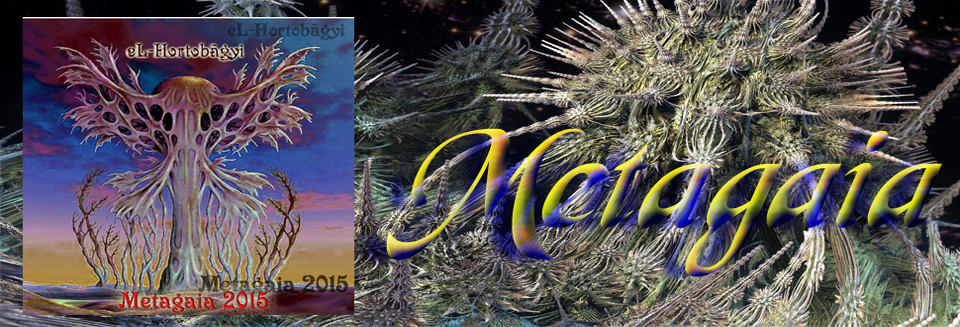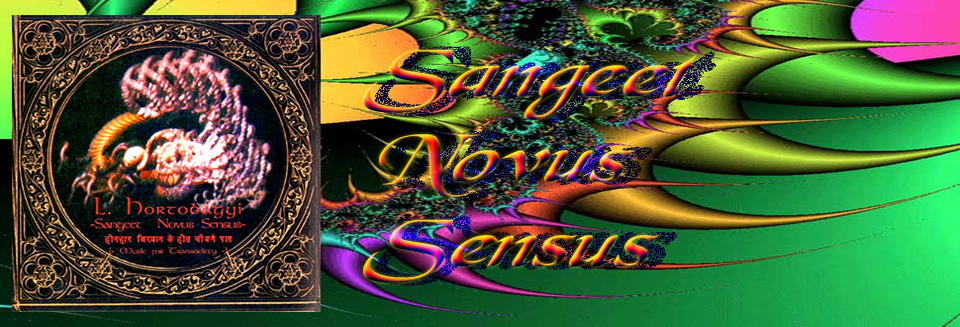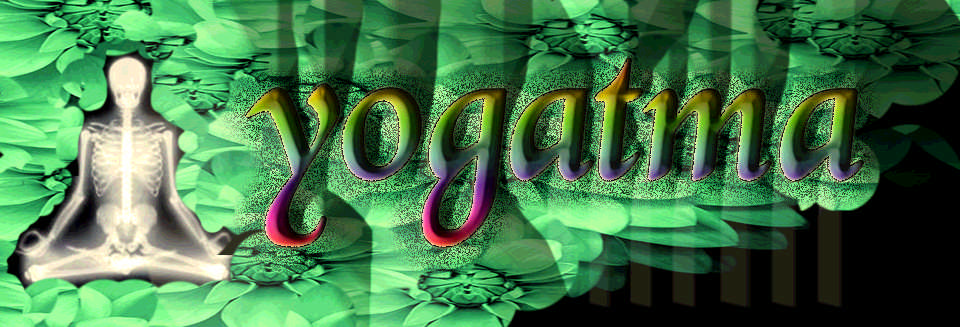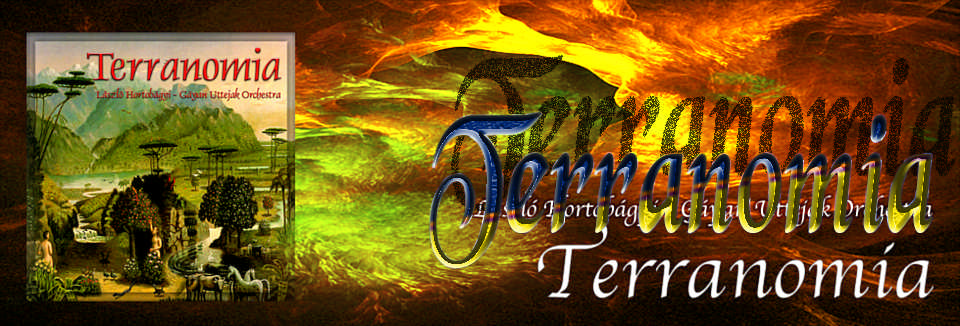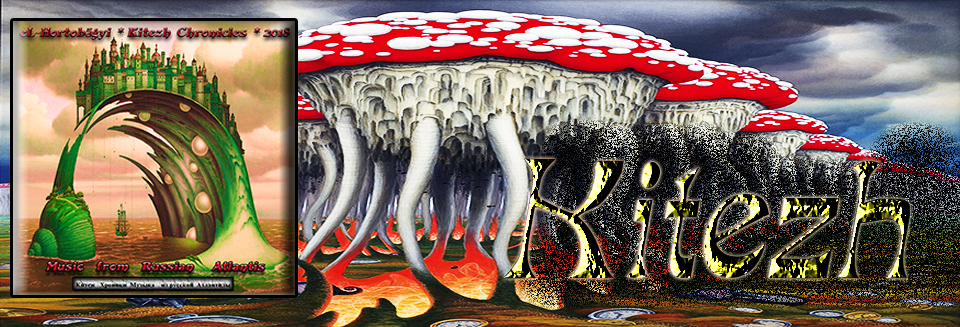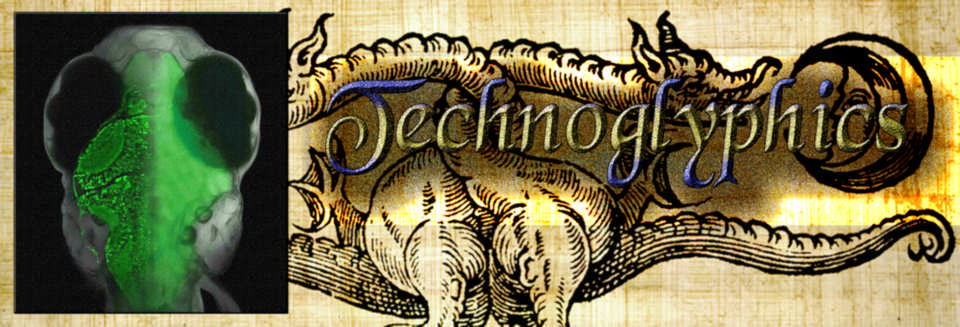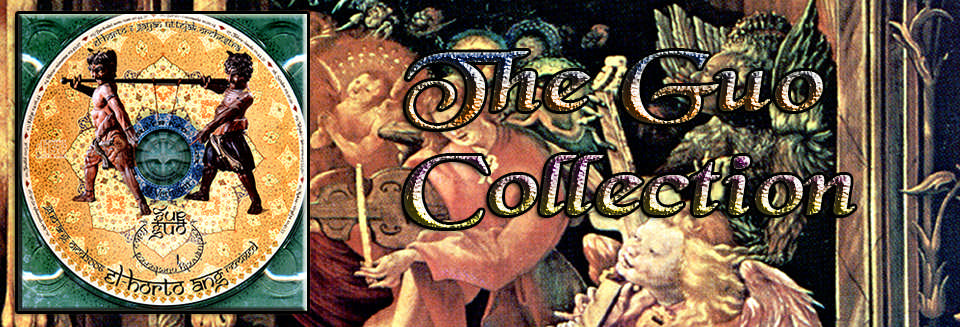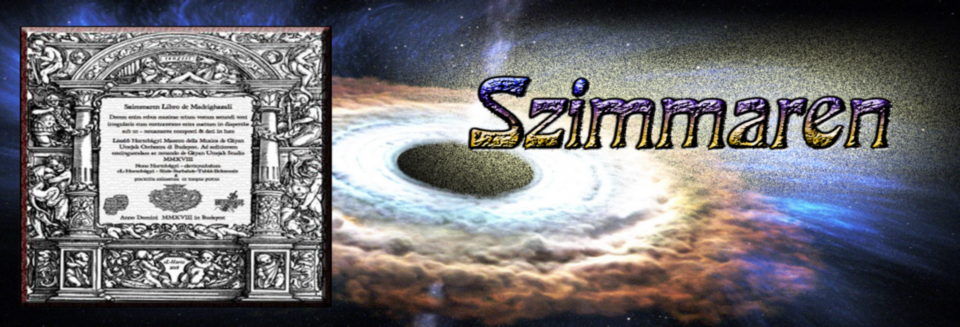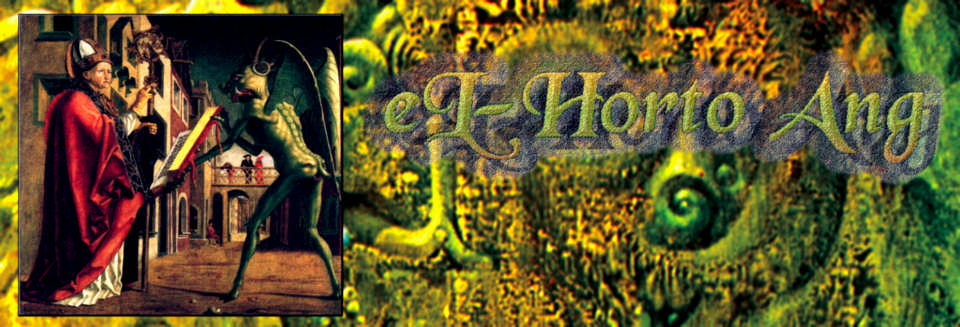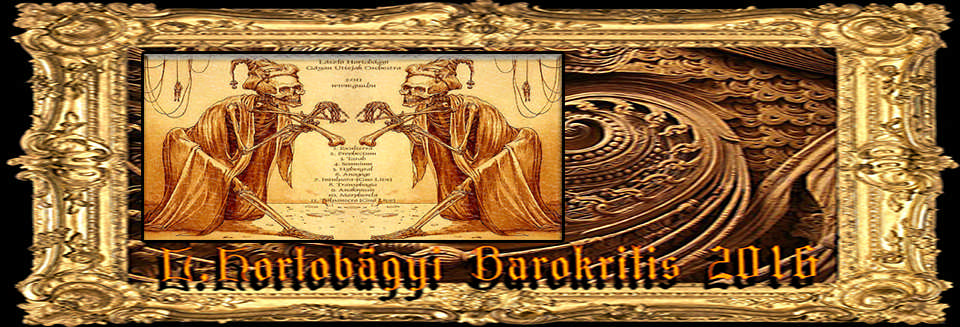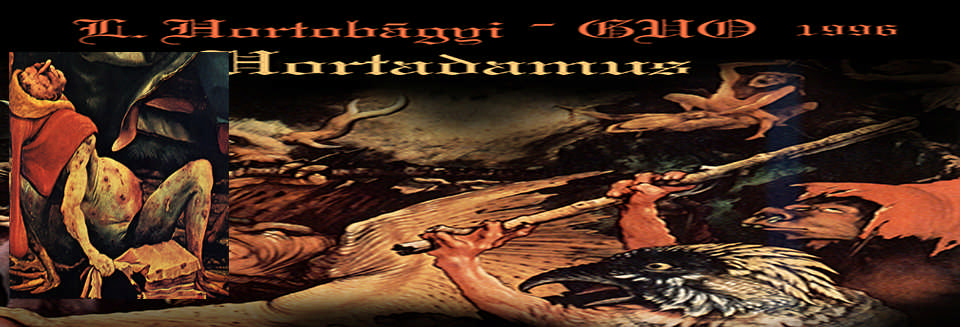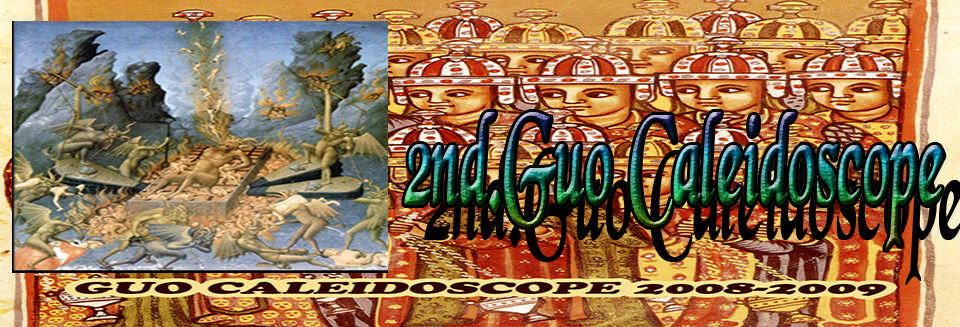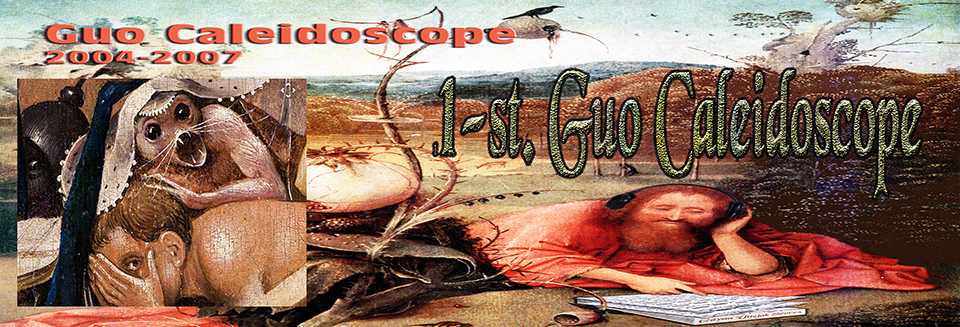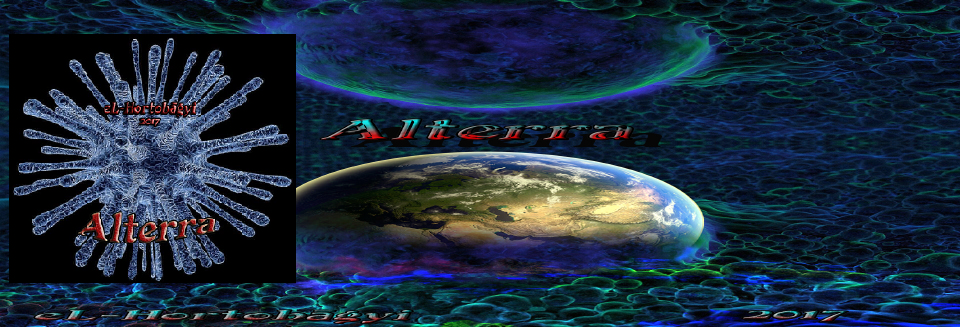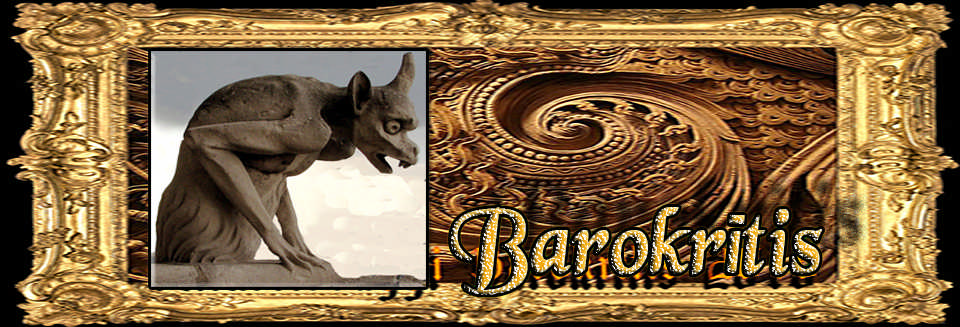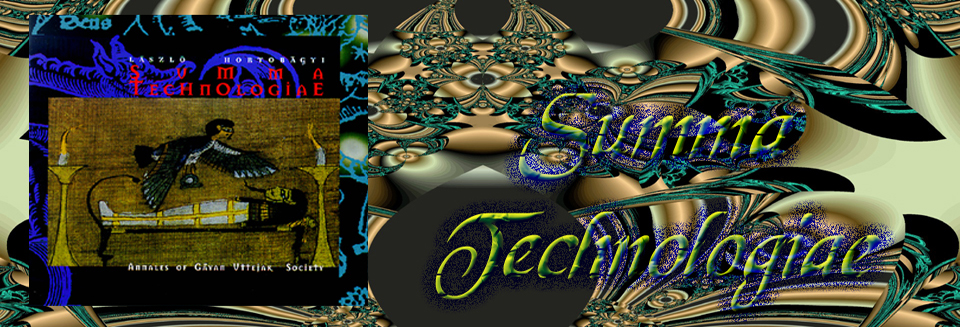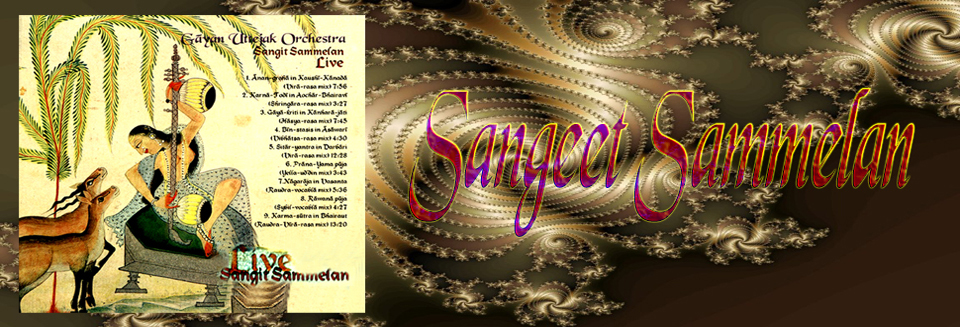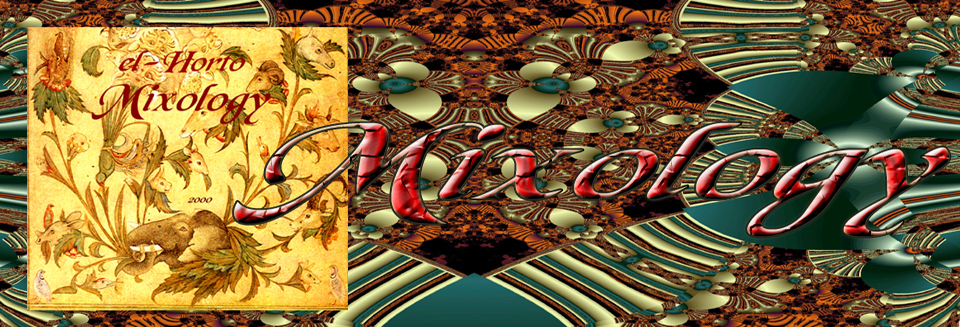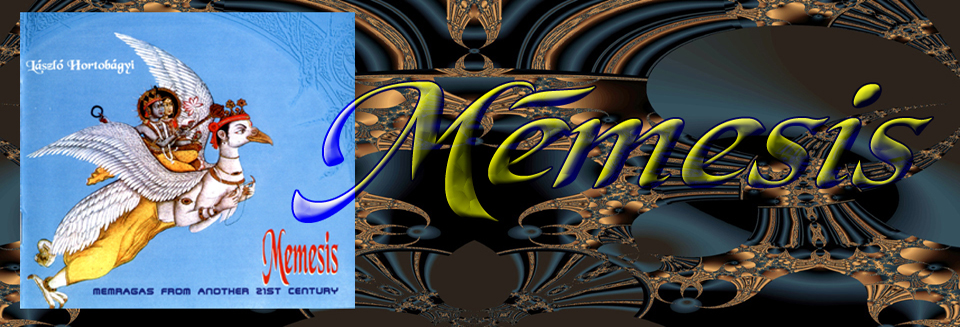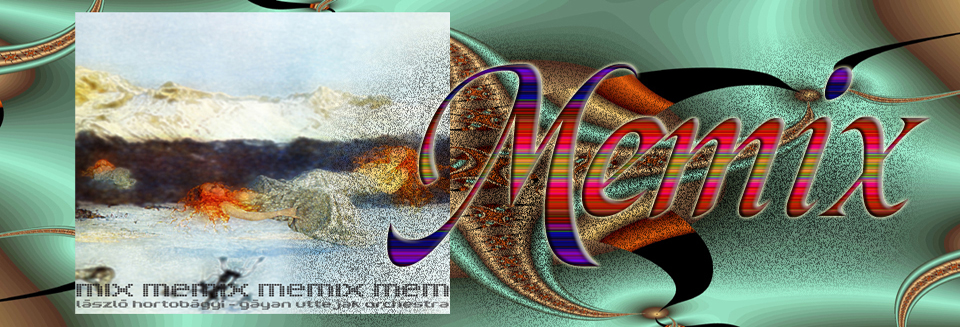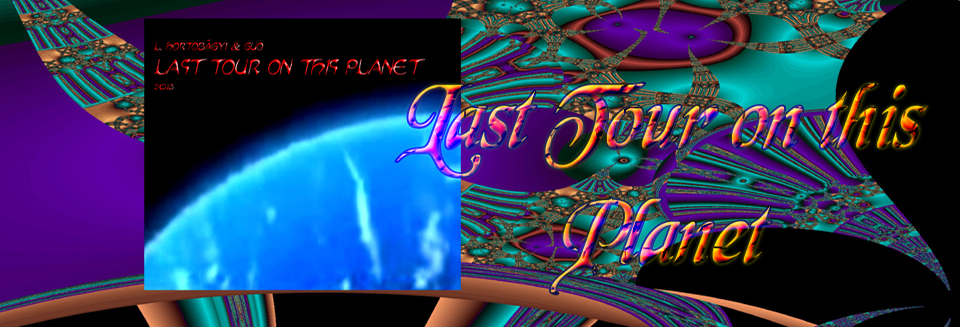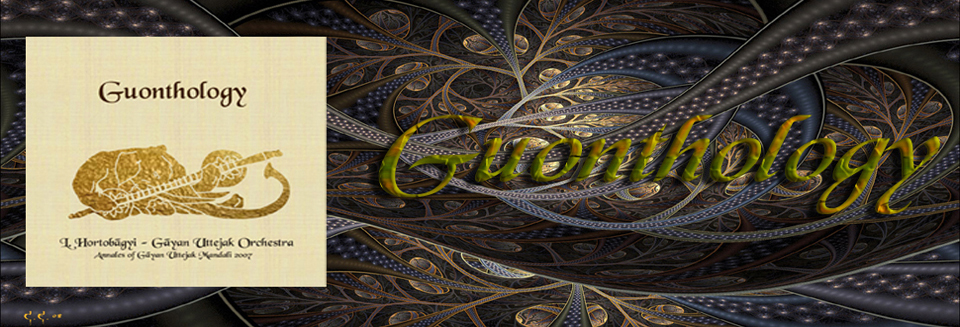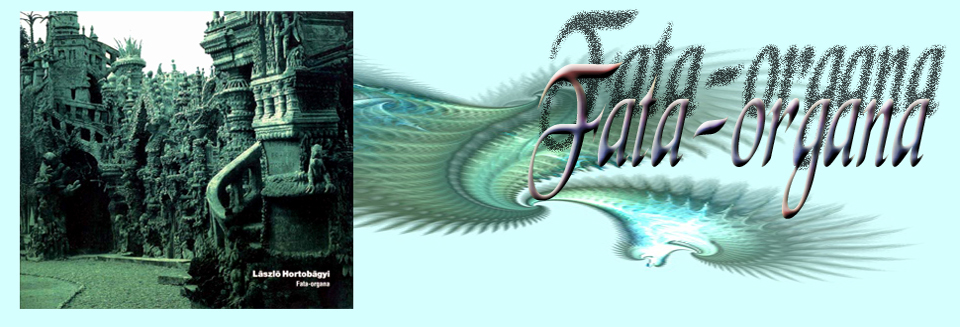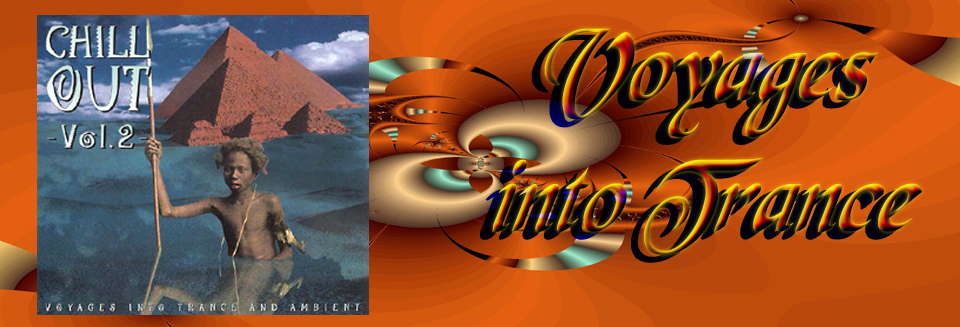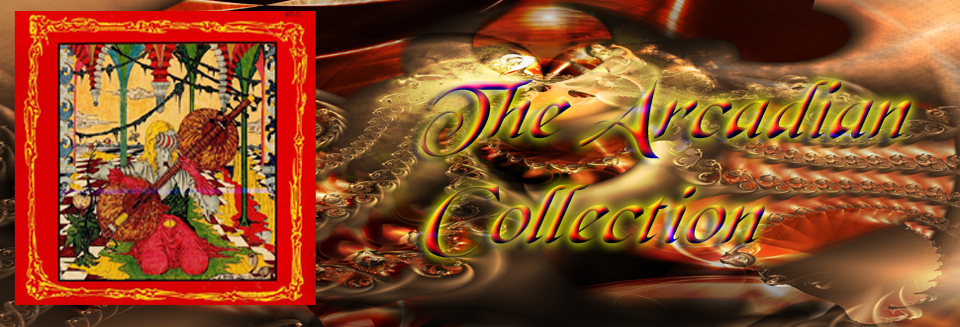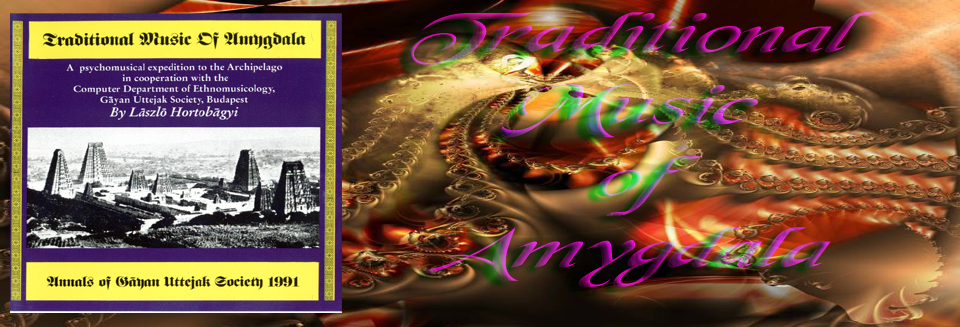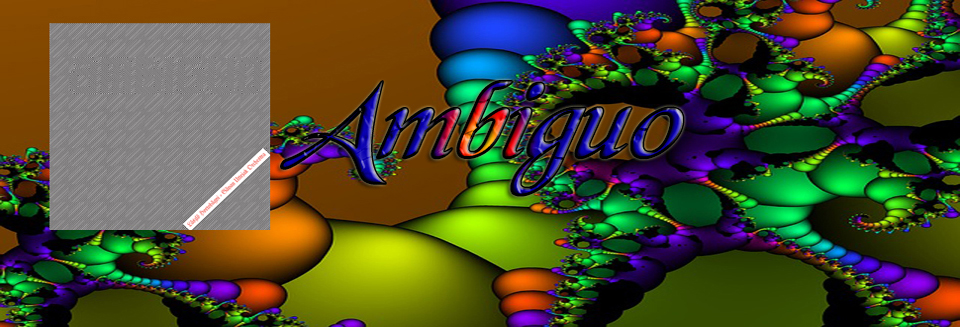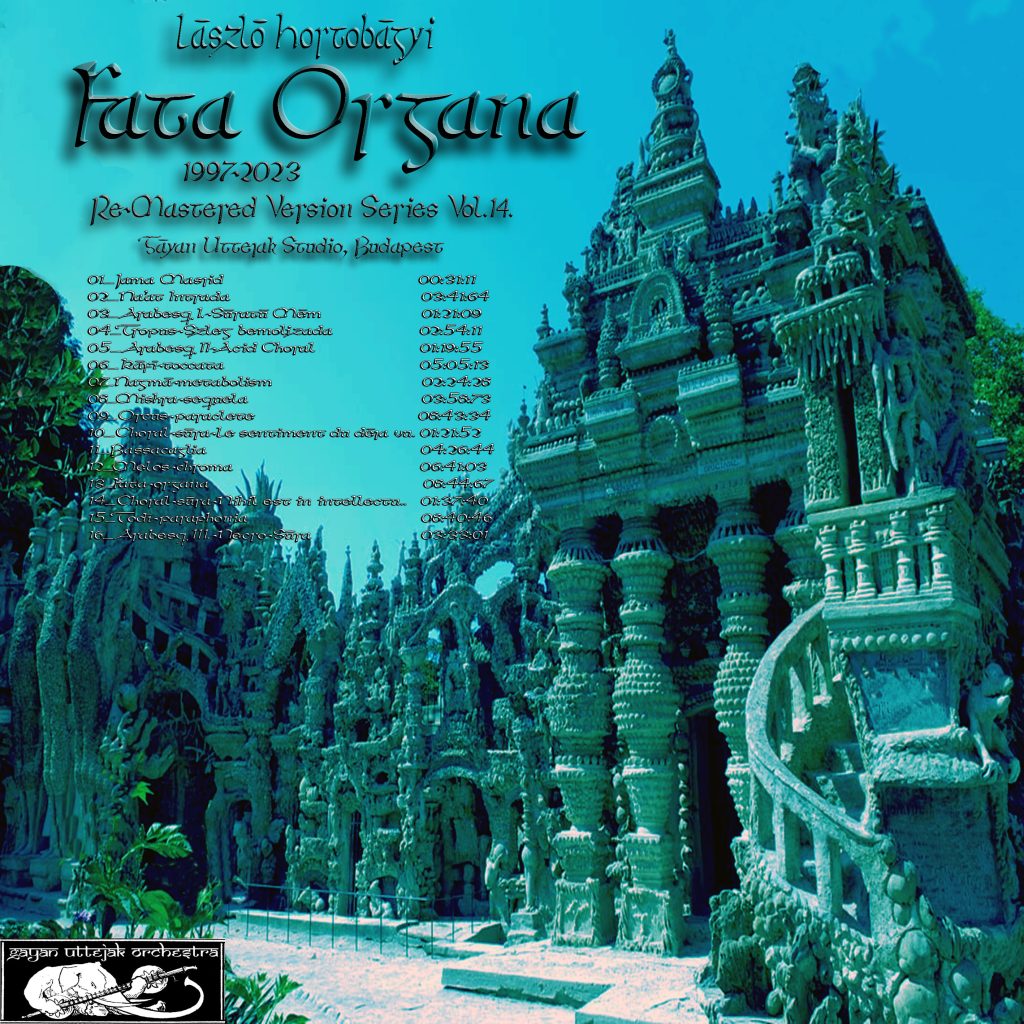
Fata Organa 1997-2023
reMastered Version Series Vol.14.
audio & ordering:
01_Jama Masjīd 00:31:11
02_Na’at Intrada 03:41:64
03_Arabesq I.-Sūratū Mēm 01:21:09
04_Tropus-Szleg bemolizada 02:54:11
05_Arabesq II-Acid Choral 01:19:55
06_Kāfī-toccata 05:05:13
07_Nagmā-metabolism 02:24:28
08_Mishra-sequela 03:58:73
09_Orcus-paraclete 08:43:34
10_Choral-sūra-Le sentiment du déja vu. 01:21:52
11_Bassacaglia 04:26:44
12_Melos-chroma 06:41:03
13_Fata-organa 08:44:67
14_Choral-sūra-Nihil est in intellectu.. 01:37:40
15_Todī-paraphonia 08:40:46
16_Arabesq III.-Necro-Sūra 03:33:01
As early as 1977, the vision of a World Organ with a ‘fata morganatic‘ framework arose, but unfortunately it was only in the early 1990s that it became possible to record the available A.Cavaille Coll organs’ disposition pipe by pipe, using a high-resolution and high-capacity analogue “sampler” (Nagra IV-S).
For administrative reasons, fuelled by human stupidity, this has not been successful for all needed cathedrals and organs. For example, one of the most interesting types of French organs, the organs made in Carcassonne (Clicquot), unfortunately I could only barely record a few of them. Sadly, a more modest version of the original plan could only be created, as a asking for a favor maniac, the bandwidth and coercive laser beam of my action radius was not effective enough.
The various configurations of individually digitized stops (organ-stops) and their additional duplex architectures were used to create a virtual organ that could be further configured as desired, with up to 7-9-10-12 serial mixtura-s and unlimited simultaneous samples use.
*
At that time (around 1994), Islam and Europe were still very far apart.
Today they are very close.
*
The imaginary world of Fata Organa attempts to depict the eternal and otherwise quite obvious possibility that the common root of cultures, across space and time, is nothing more than a millennia-old distillate human misery and fossilised social structure, which binds together as a thread of Ariadne‘s thread these seemingly alien and alien familiar human-inhabited Earth worlds and the millennia-old and shared artistic techniques of liberation from it.
Exodus forever. In the East and in the West.
The barrier to communio used to be the self-imposed, impenetrable world of feudal traditional cultures and the Eurocentric worldview of the bourgeoisie, then, after the destruction of the former, the equally impenetrable, homogeneous, conformist, narrow world of the new-global multiculturalism controlled by corporations. All this in the age of the Internet.
It is in this world that the World Organ should speak.
The predecessor of the organ from the hydaulos to a multi-register instrument (in Hellas, China, Byzantium, Europe and the Ottoman Empire of Mehmed II.) is nothing more than an orchestrated architectural reconstruction of an alienated and symbolic metaphysical social superstructure with potential beyond human scale.
The instrument serves a transcendental world, like the Gothica (where the “apex of the temple is infinite“), its rational construction as part of the architecture of ritual can serve a world beyond man in sound and composition.
Its trait of alienation is mitigated by the variety of its dispositions, since the chord pressed on the organ is no longer affected by the humanoid factor of ergonomic (colloquial musical language) “control” (e.g. sforzato).
Some of the music written for organ is a type of Western transrational music, but its underlying meaning is not dissimilar to the esoteric exodus of the great Eastern cultures. The anthropological packaging (source code = tonal-interval system) is different, but the content is the same.
The classical literature of the instrument is thus a separate niche for all those for whom the human pain of the C-minor passacaglia is planetarily universal and the need to depict a rational afterlife is instinctively in their blood.
At the same time, in this world, music, it seems, can also be the sweet poison of humanity, the litmus paper of the feelings of this Easternizing (increasingly casteist) Western society, more sensitive than any other art or science, a sublimated score of the social brutality.
Rituals and beliefs exist as symbolic ectoplasms of the human brain and imagination instead of a meaningful world: the traditions of all dead generations are nightmarishly imposed on the minds of the living as the day-historical practice of the individual, the cocooned Self, wedged under the social block of the greatest common human-social evil.
Thus, the use of the organ extends from the double circus organs of Emperor Nero, which suppresses the screams of Christians smeared with pitch and on fire, or from the harmonium players performing Bach‘s chorale pieces in the KZ lagers, to finally The (Philadelphia) Wanamaker Grand Court Organ at Macy’s playing in the Temple of Consumption, and perhaps Captain Nemo the use of an organ that also functions on the Nautilus will also appear on future worm-traveling galactic spaceships.
(Lāszlō Hortobāgyi-Hortator 1997)
*
Már 1977-ben felmerült egy Világorgona „fatamorganikus” képzete, de sajnos csak a 90-es évek elején vált lehetségessé egy nagyfelbontású és kapacitású analóg “samplerrel” (Nagra IV-S) felszerelkezve, hogy az elérhető A.Cavaille Coll orgonák diszpozícióinak síponkénti rögzítésére sor kerüljön. Adminisztratív okokból, melyet az emberi hülyeség táplált, ez nem minden tervezett katedrális és orgona esetében járt sikerrel. Igy például a francia orgonák egyik legérdekesebb típusa, a Carcassone-ban készült (Clicquot) orgonák, ezekből sajnos csak keveset tudtam rögzíteni. Sajnos így az eredeti tervnek egy szerényebb változata jöhetett csak létre, kéregető mániákusként az akciórádiuszom sávszélessége és koercitív lézersugara nem volt elég hatásos.
Az egyenként digitalizált regiszterek (organ-stops) különféle konfigurációiból és azok további duplex architektúráiból állt össze a tetszőlegesen tovább konfigurálható virtuális orgona, akár 7-9-10-12 soros mixtúrá-k létrehozásával is és korlátlan egyidejü mintahasználattal.
*
Ebben az időben (1994 körül) az Iszlám és Európa még nagyon távol állt egymástól.
Mára viszont meg nagyon közel kerültek egymáshoz.
*
A Fata Organa képzelt világa megkísérli ábrázolni azt az örökérvényü és egyébként teljesen nyilvánvaló lehetőséget, hogy a kultúrák, téren és időn átívelő közös gyökere nem más, mint a közös emberi nyomorúság és a fosszilizált társadalmi struktúra évezredes párlata, mely Ariadné fonalaként köti össze e látszólag idegen-ismerős emberlakta Földi világokat és az abból való szabadulás évezredes és közös művészet-technikáit.
Exodus mindörökké. Keleten és Nyugaton egyaránt.
A communio gátja korábban a feudális tradicionális kultúrák öntörvényű, átjárhatatlan világa és a polgári társadalom bornírt európacentrikus világképe, utána az előbbiek pusztulását követően, a korporációk által kontrollált új-globális multikultúra ugyanolyan átjárhatatlan homogén, konform-szűk világa. Mindez az Internet korában.
Ebben a világban kellene megszólalnia a Világorgoná-nak.
Elődje a hydaulos-tól, egy sokregiszteres hangszerré váló orgona (Hellászban, Kinában, Bizáncban, Europában és II. Mehmed Ottomán Birodalmában) nem más, mint egy elidegenedett és szimbolikus metafizikai társadalmi felépítmény meghangszerelt architektonikai rekonstrukciója, az emberi léptéket meghaladó potenciállal.
A hangszer egy transzcendens világot szolgál, a gótikához hasonlóan, (ahol a “templom csúcsa végtelen“), racionális konstrukciója a rituálét szolgáló architektúra részeként képes, hangzásban és kompozicióban egy emberen túli világot szolgálni. Elidegenedett jellegét a diszpozíciók változatosságával enyhíti, ugyanis az orgonán lenyomott akkordra már nincs hatással az ergonómiai (zeneköznyelvi) “vezérlés” humanoid faktora. (például sforzato)
Az orgonára írt zeneművek egy része a nyugati transracionális zene típusai közé tartoznak, de ezek mögöttes jelentésükben nem különböznek a keleti nagykultúrák ezoterikus exodusaitól. Az antropológiai csomagolás (source code = hang[köz]rendszer) eltérő, de a tartalom ugyanaz.
A hangszer klasszikus irodalma eképpen egy szeparált niche mindazok számára, akiknek a c-moll passacaglia emberi fájdalma planetárisan egyetemes, és a racionális túlvilág leképezésének az igénye ösztönszerüen a vérükben van.
Ugyanakkor ebben a világban a zene – úgy tűnik – az emberiség édes mérge is tud lenni, egyben eme egyre keletiesedő (kasztosodó) nyugati társadalom életérzéseinek minden más művészetnél és tudománynál érzékenyebb lakmuszpapírja, a társadalmi brutalitás szublimált partitúrájaként jelenik meg.
A szertartások és a hiedelmek az emberi agy és képzelet szimbólumteremtő ektoplazmáiként egy értelemmel belakható világ helyett léteznek: valamennyi holt nemzedék hagyománya lidércnyomásként nehezedik az élők agyára a legnagyobb közös emberi-társadalmi rossz szociális tömbje alá begyűrt individum, a bebábozott Én, napi-történelmi gyakorlataként.
Igy az orgona használata Nero császár, a szurokkal bekent és lángoló keresztények sikoltásait elnyomó kettős cirkuszi orgonáitól, vagy a KZ lágererekben Bach korálelőjátékait előadó harmonium játékosaitól végül a fogyasztás templomában megszólaló The (philadelphiai) Wanamaker Grand Court Organ at Macy’s nagyorgonáig terjed, s talán Nemo kapitány Nautilus-án is funkcionáló orgona használata is megjelenik majd a jövőbeli féregjáró galaktikus űrhajókon.
(Hortobāgyi Lāszlō-Hortator 1997)
*
It is not needless to mention that each of the Disposition elements in the music of “Fata Organa” are original and traditional but digitally reconstructed.
Each of the figuring Dispositions are in the reality: they consist of long takes of organ-stops (registers) and digital rearranged of their original acoustic, live recordings. (Except track 12).
No additional equalization, compression or artifical pottering was employed while composing, mixing the master disc, thus assuring a virtually perfect match to the original organ recordings.
*
Disposition for I. Manual, Positif/Brustwerk
| Cor anglais |
16′ |
A |
Englisch Horn |
16′ |
| Dulcian |
16′ |
K |
Dolcian |
16′ |
| Montre |
8′ |
C |
| Bourdon |
8′ |
G |
Bourdon / Gedackt |
8′ |
| Unda Maris |
8′ |
A |
| Gambe |
8′ |
C |
Gamba |
8′ |
| Cromorne |
8′ |
A |
Krummhorn |
8′ |
| Flute harmonique |
8′ |
D |
| Trompette |
4′ |
J |
Trompete |
4′ |
| Sesquialtera |
II |
K |
Sesquialter |
2. fach |
| Clairon |
4′ |
A |
Posaune |
4′ |
| Flute douce |
4′ |
D |
Rohrflöte |
4′ |
| Acuite |
IV |
L |
Acuta |
4. fach |
| Octavin |
2′ |
N |
Oktav |
2′ |
| Doublette |
2′ |
F |
Prinzipal (Superoktav) |
2′ |
| Sifflet |
1′ |
L |
Sifllöte |
1′ |
Disposition for II. Manual, Grande-Orgue/Hauptwerk
| Violon-basse |
16′ |
A |
Cello, Geigendregal |
16′ |
| Bourdon |
16′ |
E |
Bourdon/Gedakt |
16′ |
| Bombarde |
16′ |
J |
Holzpommer / Pommer |
16′ |
| Diapason |
8′ |
D |
Prinzipal |
8′ |
| Montre |
8′ |
E |
| Trompette |
8′ |
H |
Trompete |
8′ |
| Bombarde |
8′ |
J |
Pommer |
8′ |
| Salicional |
8′ |
M |
Salizional/Salicet im 4′ |
8′ |
| G |
Gemshorn |
4′ |
| Cornet |
4′ |
C |
Kornet/4-5 fach Zink |
4′ |
| Prestant |
4′ |
A |
| Cor de nuit |
4′ |
H |
Nachthorn |
4′ |
| Clarion harmonique |
4′ |
K |
| Nazard |
2 2/3 |
C |
| Quinte |
2 2/3 |
I |
Quint |
2 2/3 |
| Clairon doublette |
2′ |
D |
Prinzipal 2’/Superoktav |
2′ |
| Flute traversiēre |
2′ |
J |
Querflöte |
2′ |
| Fourniture maior |
VI.-VIII. |
G |
Mixtur maior |
6-8 fach |
| Fourniture minor |
V. |
M |
Mixtur minor |
5 fach |
| Cymbale |
III. |
J |
Zimbell |
3 fach |
Disposition for III. Manual, Rēcit Expressif/Oberwerk
| Diapason |
16′ |
K |
Holz Prinzipal |
16′ |
| Tuba Magna |
16′ |
A |
| J |
Rankett |
16′ |
| Gambe acuitē |
8′ |
H |
Spitzgambe |
8′ |
| Flute couvert |
8′ |
G |
Koppelflöte |
8′ |
| Violon-basse |
8′ |
J |
Geigendregal |
8′ |
| Basson-hautbois |
8′ |
C |
Oboe |
8′ |
| Trompette harmonique |
8′ |
A |
| Voix ēolienne |
8′ |
A |
Vox Aeol |
8′ |
| Quintaton douce |
4′ |
H |
Rohrquintaton |
4′ |
| Voix cēleste |
4′ |
I |
Vox Celesta |
4′ |
| Voix humaine |
4′ |
J |
Vox Humana |
4′ |
| Clairon harmonique + tremolo |
4′ |
A |
Tremulant 4′ |
| Cornettino |
2′ |
M |
Kornette |
2′ |
| Octavin |
2′ |
I |
Oktav |
2′ |
Disposition for Pedale/Pedal
| Sousbasse |
32′ |
F |
Untersatz |
32′ |
| Bombarde |
32′ |
D |
Pommer |
32′ |
| Contrebombarde |
32′ |
A |
| Principal basse |
16′ |
C |
Prinzipal Bass |
16′ |
| Contrebasse |
16′ |
G |
Kontrabass (Bourdon) |
16′ |
| J |
Quintbass |
10 2/3 |
| Basse |
8′ |
J |
Choralbass |
8′ |
| Bourdon |
8′ |
G |
Bourdon/Gedackt |
8′ |
| Octavebasse |
8′ |
J |
Oktavbass |
8′ |
| Clarine |
4′ |
M |
Klarinet |
4′ |
| Trompette |
4′ |
D |
Trompete |
4′ |
| L |
Rauschquint |
7 fach |
Sources of the organ-stops (registers)
| A |
Organ by Aristide Cavaille-Coll (1811-1899) of l’Abbatiale Saint-Queen, Rouen |
| B |
Organ by Aristide Cavaille-Coll (1811-1899) of l’Eglise Saint-Francois-de-Sales, Lyon |
| C |
Organ by Aristide Cavaille-Coll (1811-1899) of Basilica of Saint-Sernin, Toulouse |
| D |
Organ by Aristide Cavaille-Coll (1811-1899) of Saint-Sulpice, Paris |
| E |
Organ by Aristide Cavaille-Coll (1811-1899) of the Cathedral, Orleans |
| F |
Organ by Aristide Cavaille-Coll (1811-1899) of l’Eglise Saint-Solomon Saint-Grēgoire, Pithiviers |
| G |
Organ by Gottfried Silbermann (1683-1753) of the temple, Grosshartmannsdorf, Freiberg (Sachsen) |
| H |
Organ by Karl Joseph Riepp (1710-1775) of the Benedictine Abbey, Ottobeuern |
| I |
Sauer Organ of Tomaskirche, Leipzig |
| J |
Organ by Jonas Gren and Petter Strahle (1751) of the St. Katarina Church, Stockholm |
| K |
Organ by Daniel Nutrowski (1683) in the Church, Frombork (Poland) |
| L |
Organ by Jan Wulf (was built between 1763-1788) and Rudolf Dalitz (1791-93) in the Cathedral, Oliwa (Poland) |
| M |
Organs by Peter Soōs (1953-1986) in the temples of Hungary |
*
*
*
click on pictures link in new tab
Images from old edition:


